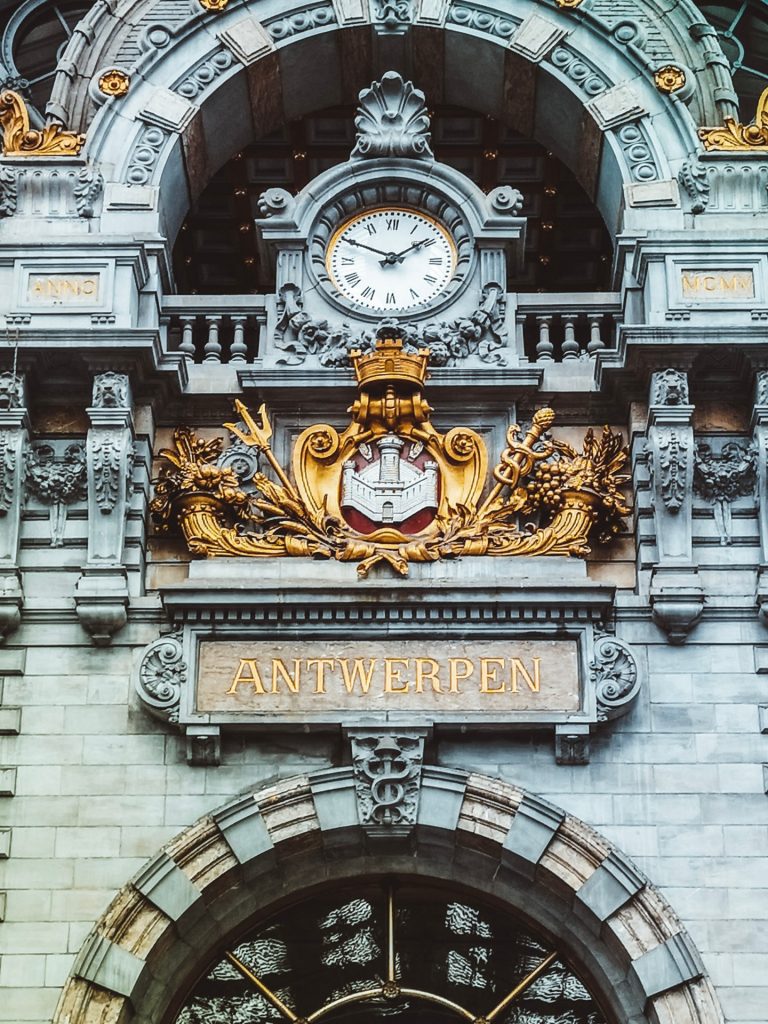Neteland: five Flemish municipalities take collaboration to the next level
Description of the collaboration Neteland is a collaborative service delivery arrangement between five Flemish municipalities. Collaboration is viewed as a key mechanism to increase the efficiency of public service delivery in the region and to groom the involved municipalities to better tackle potential future challenges local governments will have to deal with. In accordance with…
Read MoreThe Effects of Collaboration for Government Efficiency in Belgium – The Case of PoWalCo
Description of the collaboration The PoWalCo (Plateform wallonne de coordination des chantiers) online platform is a digital tool that aims at facilitating collaborations among actors such as utility companies and public authorities who work on roads and waterways in the Walloon Region in Belgium. Through the online platform, actors can exchange information about the planning,…
Read MoreTemporary working experience in Courtrai, Belgium
© Colourbox Aim and Scope The temporary working experience (TWE) in Flanders is an example of a policy instrument introduced to activate long-term unemployed people. Activation instruments in Flanders are mainly coordinated by the Flemish public employment service (PES), which also is responsible for the TWE service design. The Flemish PES collaborated with the Flemish…
Read MoreNursing home Booghuys, Belgium
Aims and scope © Colourbox The nursing home Booghuys, part of the city of Leuven, provides care for elderly people. In 2016, it was decided that the nursing home needed some renovations. The involved actors worked out some concepts for the renovations and did several working visits to other nursing homes. However, in June of…
Read MoreMijnWGK, Belgium
© mijnWGK website Aims and scope MijnWGK is an online data platform that allows an efficient access of health information of WGK[1] clients for general practitioners (GPs) and the clients themselves. WGK exists of five provincial non-profits which all have access to patient information. However, before MijnWGK, the GPs who treated the WGK patients had…
Read MoreMijnGezondheid, Belgium
Aims and scope © MijnGezondheid website MijnGezondheid is a partnership between more than twenty public and private actors, who implemented a portal website between 2017 and 2018, with which a citizen would be able to access his/her medical information more efficiently. The portal website is connected with different other databases to redirect the user (via…
Read MoreEvidence-based practice, Belgium
© Colourbox Aims and scope This case study is about the implementation of an evidence-based practice (EBP) architecture where guidelines and information can be shared and where applications can be connected for the network members to use. The Belgian EBP is oriented towards the development, validation, dissemination and evaluation of medical guidelines for health practitioners.…
Read MoreBurenondersteuning, Belgium
Aims and scope Illustration: Colourbox The project ‘Burenondersteuning’[1] was a collaboration between different cities and private partners from late 2018 until early 2020 to develop a system that connects neighbours to help each other with small tasks and to remedy loneliness. The project had several objectives. First, the project wanted to tackle loneliness among citizens…
Read MoreAntwerp’s Smart City Policy. Implementing Smart City projects in a living urban lab
Aims and scope © Daniels Joffe on Unsplash With its Smart City policy, the city of Antwerp put forward the ambition to join the top tier of European Smart Cities. A vision document was adopted by the City Council in 2017, delineating the following five priorities: smart governance, smart mobility, smart energy and materials, smart…
Read MoreThe Digitisation and Modernisation of the Belgian Civil Registry: A transition from a decentralized paper system to a centralized digital database
Aims and scope © Colourbox The Belgian Civil Registry contains information about the legal identity of all citizens. The launch of its digitisation in March 2019 meant the transition from a decentralised paper system that was in use since Napoleonic times to a centralised database that could be accessed from anywhere. A centralised digital database…
Read More



